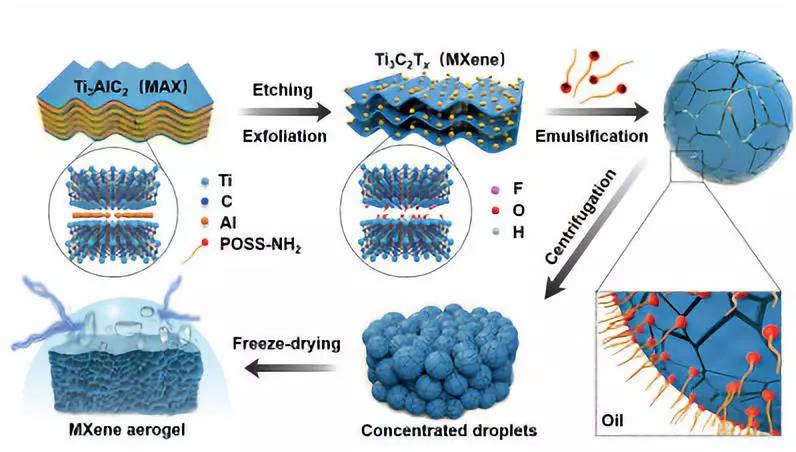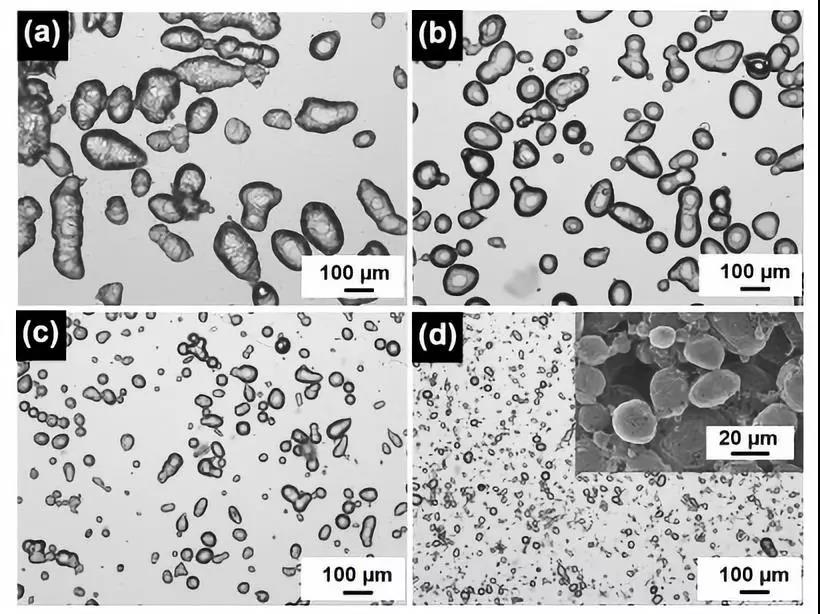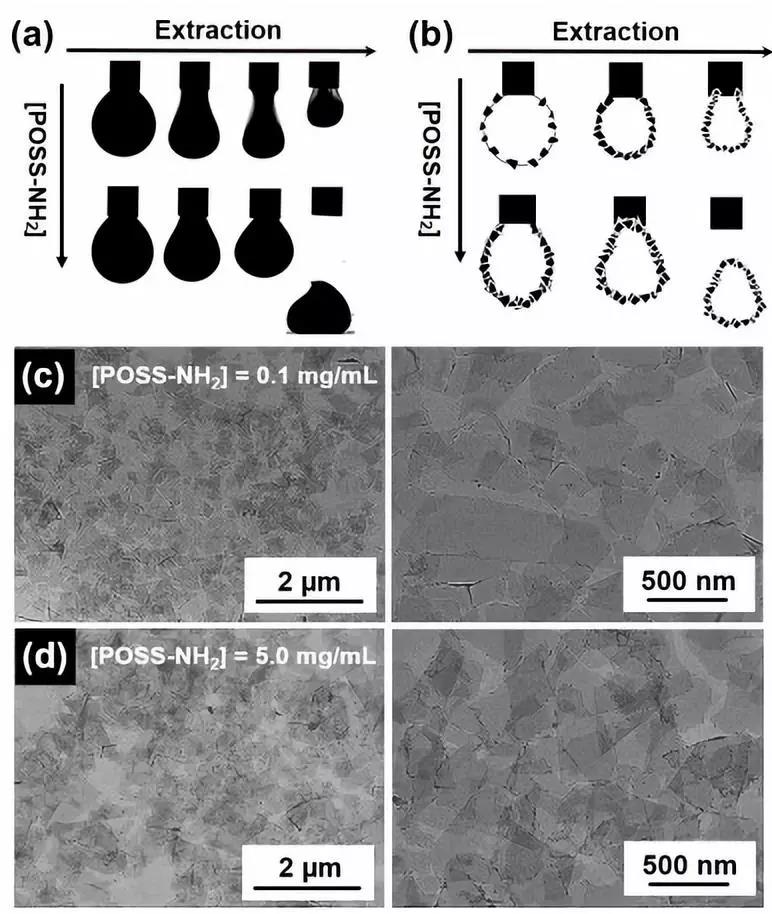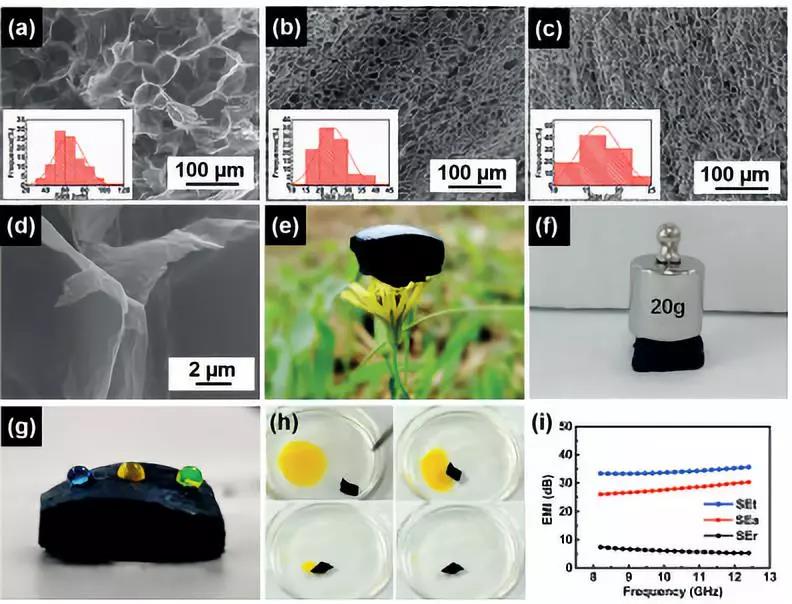
hotline:
17715390137
Tel/Wechat:
18101240246 (Technology)
0512-68565571
Email:mxenes@163.com (Sales Engineer)bkxc.bonnie@gmail.com
Scan the code to follow or search the official account on WeChat:
2D Materials Fronrier After paying attention,
click on the lower right corner to contact us,
Enter enterprise WeChat.
Professional Services Online


【Research Background】
Interfacial assembly in two immiscible liquid environments is considered to be one of the most effective ways to prepare mesoporous colloids and macroporous films and foams by combining multiple nanoparticles, often with excellent chemistry, magnetics, and Electrical performance. Reducing the Helmholtz free energy is the main driving force for the separation of nanoparticles from the interface. MXenes materials have been extensively studied since they were discovered in 2011. As a graphene-like two-dimensional material, MXenes has some unique properties, especially high hydrophilicity and metal conductivity, which makes it applicable in many fields, such as energy storage, sensors, catalysis, nanocomposite and electromagnetic shielding. . Up to now, MXenes-based materials have many functional assembly methods, including one-dimensional fibers, two-dimensional films, and three-dimensional blocks. In addition, few studies have focused on the interface properties of MXenes in two immiscible liquids (such as oil and water). The self-assembly of MXenes interface is still an unsolved mystery.
[Achievement Profile]
Recently, Professor Shaowei Shi and Professor Haobin Zhang of Beijing University of Chemical Technology cooperated with Professor Thomas P. Russell of Massachusetts State University to publish a research paper on the internationally renowned academic journal Angew.Chem. Int. Ed., Entitled Self-Assembly of MXene-Surfactants at Liquid–Liquid Interfaces: From Structured Liquids to 3D Aerogels. This article uses Ti3C2Tx and amino functionalized cage polysilsesquioxane (POSS-NH2) as model materials to explore MXenes-based materials and their surfaces The formation and assembly of functional groups at the oil-water interface is of great research value.
[Picture and text guide]
 Figure 1. Schematic diagram of MXS preparation method.
Figure 1. Schematic diagram of MXS preparation method.
 Figure 2. Time evolution of interfacial tension between Ti3C2Tx and different interface systems.
Figure 2. Time evolution of interfacial tension between Ti3C2Tx and different interface systems.
 Figure 3. Optical images of colloidal liquids with different MXene concentrations.
Figure 3. Optical images of colloidal liquids with different MXene concentrations.
 Figure 4. Optical images of colloidal liquids with different POSS-NH2 concentrations.
Figure 4. Optical images of colloidal liquids with different POSS-NH2 concentrations.
 Figure 5. Image of deformation and wrinkle behavior of colloidal liquids with different concentrations of POSS-NH2.
Figure 5. Image of deformation and wrinkle behavior of colloidal liquids with different concentrations of POSS-NH2.
 Figure 6. SEM image, physical image, experimental phenomenon of oil adsorption and electromagnetic shielding performance of the prepared MXene aerogel.
Figure 6. SEM image, physical image, experimental phenomenon of oil adsorption and electromagnetic shielding performance of the prepared MXene aerogel.
[Summary of this article]
In this study, an MXene surfactant formed by the interaction between Ti3C2Tx and POSS-NH2 at the oil-water interface was successfully prepared. It can be formed quickly under the condition of controlled assembly density, and under certain conditions, it will form a solid self-assembly method with outstanding mechanical properties. In addition, by freeze-drying a high-concentration colloid solution, an ultra-light and hydrophobic three-dimensional MXene aerogel can be obtained, which can be widely used in oil adsorption and electromagnetic shielding. This self-assembly strategy at the liquid-liquid interface provides a new idea for the assembly of MXene, which has important practical significance.
Literature link:
https://doi.org/10.1002/anie.201908402.

| Reminder: Beijing Beike New Material Technology Co., Ltd. supplies products only for scientific research, not for humans |
| All rights reserved © 2019 beijing beike new material Technology Co., Ltd 京ICP备16054715-2号 |